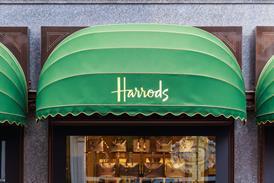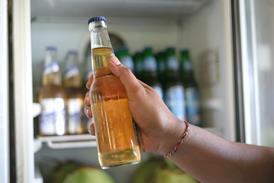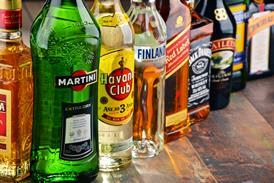Close menu
- Home
- Retail & Wholesale
-
Products & Suppliers
- Back to parent navigation item
- Products & Suppliers
-
Product Categories:
- Back to parent navigation item
- Product Categories:
- Alcoholic drinks
- Bakery
- Cereals & breakfast
- Cheese
- Chicken & poultry
- Chocolate
- Confectionery
- Crisps, nuts & snacks
- Dairy
- Fish
- Fresh produce
- Frozen
- Household
- Meat
- Own Label
- Sauces & condiments
- Seasonal
- Soft drinks
- Vaping
- Vegan & plant-based
- World foods
- Suppliers
- People
- Reports & Data
-
Topics A-Z
- Back to parent navigation item
- Topics A-Z
-
Popular topics:
- Back to parent navigation item
- Popular topics:
- Cost of living crisis
- Crime
- Deposit Return Schemes
- Finance
- Government & Regulation
- Health
- Inflation
- Loyalty
- Marketing
- Mergers & Acquisitions
- New Product Development
- Sourcing
- Supply chain
- Sustainability & environment
- Technology
- Ultra Processed Foods
- Vaping
- A-Z all topics
- Content by type:
- Events
- Ask iA (beta)
- Subscribe now
HFSS regulations mean brands must collaborate on culture
By Emma Wills2025-11-06T09:25:00

Brands whose portfolios lean on indulgence, snack culture or ‘treat’ positioning now face a fundamental marketing rethink, says Emma Wills, client services director at Seen Connects
The food and drink industry is entering what could be a pivotal year.
UK advertising restrictions on food and drink are about to get even tighter. While HFSS (high fat, salt and sugar) regulations are already in place, from 5 January 2026 these will evolve into broader LHF (less healthy foods) rules. These will result in stricter limits on paid-for online and TV ads, particularly around product-specific promotion.
Already have an account? Sign in here
Already have an account? Sign in here






